How to Hang Short Curtains and Avoid Common Mistakes
Master the art of hanging short curtains with our detailed guide. Discover practical steps, common p...
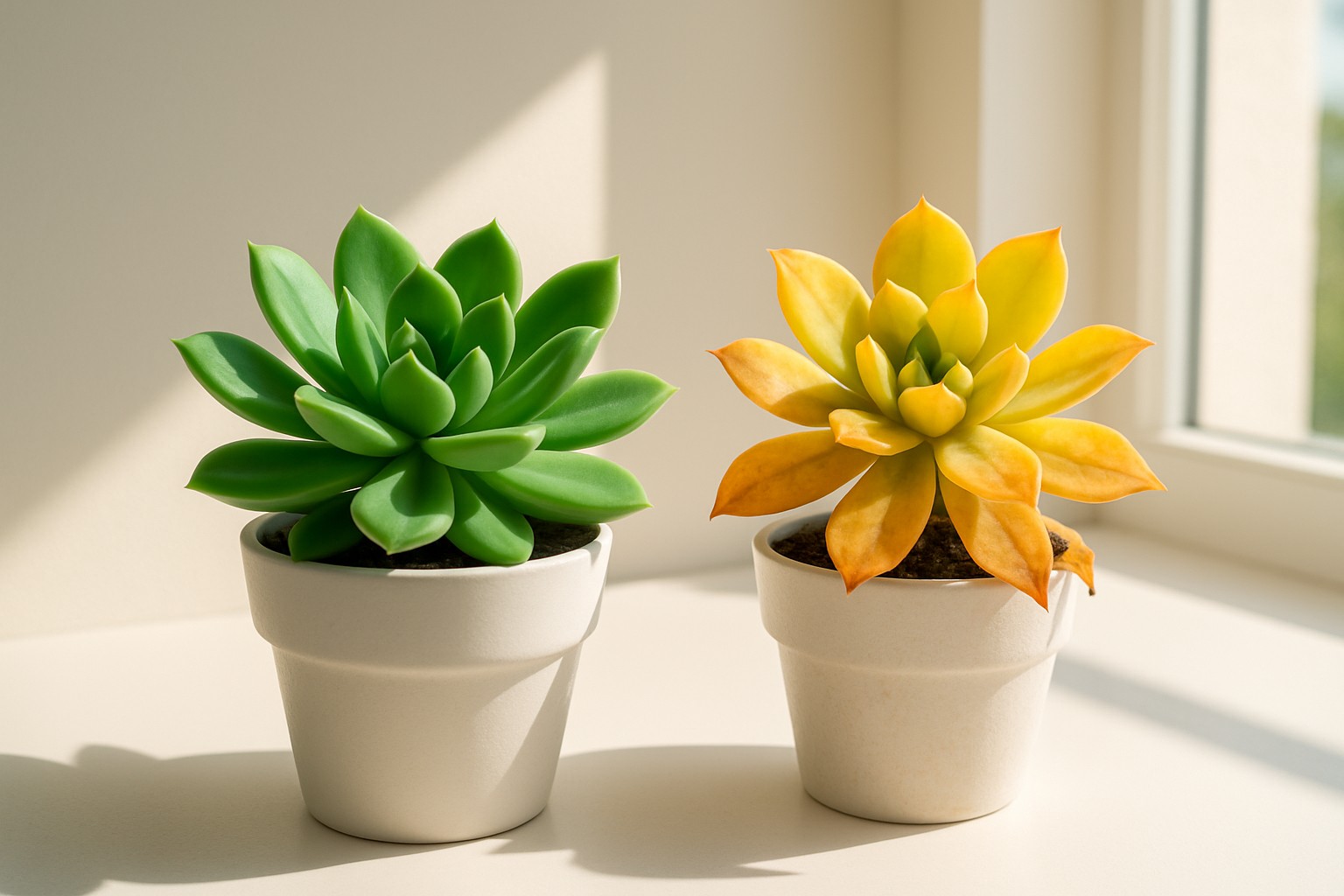
Succulent plants have this charm because of their quirky shapes and tough-as-nails nature, often sailing through life without much fuss. When you spot a succulent leaf turning yellow, it is generally waving a little red flag about its care or environment.
Yellowing leaves tend to be the first red flag that your succulent is feeling a bit under the weather. You will often notice this alongside other hints like a funny change in leaf texture or random spots popping up. Leaves may also drop off earlier than they normally would.
Figuring out why your succulent’s leaves are turning yellow is the first key step toward setting things right.
Succulents are surprisingly tough cookies designed to thrive in dry conditions and their roots crave oxygen just as much as water. When you overwater, the soil turns into a soggy mess that cuts off oxygen and causes root rot—a nasty problem that seriously damages the roots and prevents the plant from soaking up nutrients.
Succulents don’t need frequent watering which makes them low-maintenance but if the soil stays bone dry for too long the plant can start struggling with dehydration. They have a clever trick of conserving energy by turning older leaves yellow. These then shrivel up and sometimes drop off as if waving goodbye.
Succulents absolutely thrive on plenty of bright light for photosynthesis but getting it just right is a bit of an art. Too little or too much light can leave their leaves turning yellow, which is never a good look. When they don’t soak up enough light, they start losing chlorophyll and their leaves look pale and yellowish. They also get leggy as if they’re desperately reaching for the sun. On the flip side, blasting them with strong direct sunlight especially when it’s scorchingly hot outside can cause sunburn or bleaching. This usually shows up as yellow or white patches that eventually become dry, brittle spots worthy of a crispy snack.
Succulents thrive on a well-balanced diet of nutrients with nitrogen and magnesium playing starring roles. When these are in short supply, you will often notice the older leaves turning yellow first because the plant reroutes its resources to keep the newer growth happy.
Some pests like mealybugs, aphids or scale insects can really sap a plant's strength and leave yellow spots or mottled discoloration where they’ve been munching. Fungal or bacterial infections tend to cause irregular yellow patches and dead tissue. If ignored, these often spread like wildfire. Catching those tiny critters, sticky residue or early signs of fungal growth is key. Treatments might involve a gentle rinse, insecticidal soap, neem oil or targeted fungicides depending on who’s causing the trouble and how bad it’s gotten.
When you notice your succulent turning yellow it’s best to take a clear step-by-step approach that saves a lot of guesswork.
Jumping in with the right fixes sooner rather than later can really give your succulent a fighting chance to bounce back.
Keep your succulent from sprouting those dreaded yellow leaves by establishing a steady care routine that suits its natural growth habits like a glove. Preventing a succulent leaf turning yellow comes down to keeping an eye on watering, light, nutrients and the environment, which usually does the trick to keep your plant looking lively and vibrant for quite a while.
30 posts written
Driven by a passion for historical mysteries, Sterling investigates forgotten stories and overlooked figures, bringing the past to life with meticulous research and vivid prose.
Read Articles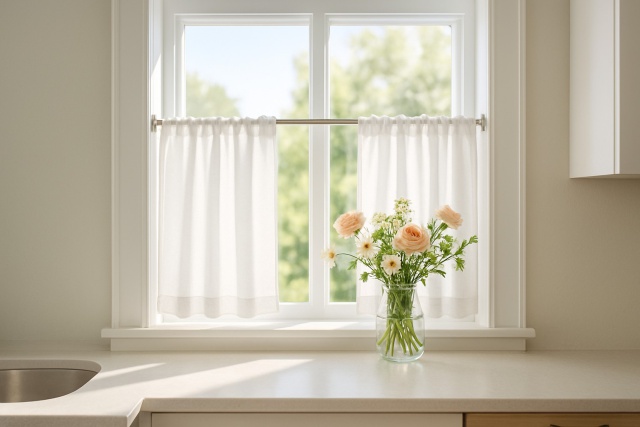
Master the art of hanging short curtains with our detailed guide. Discover practical steps, common p...
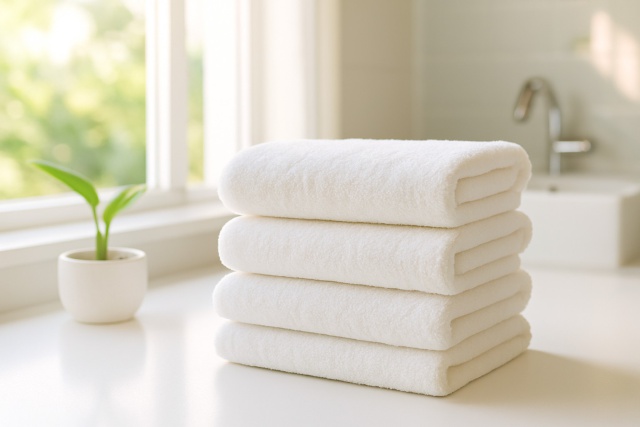
Struggling with towels that smell after just one use? Learn the causes behind the odor and effective...
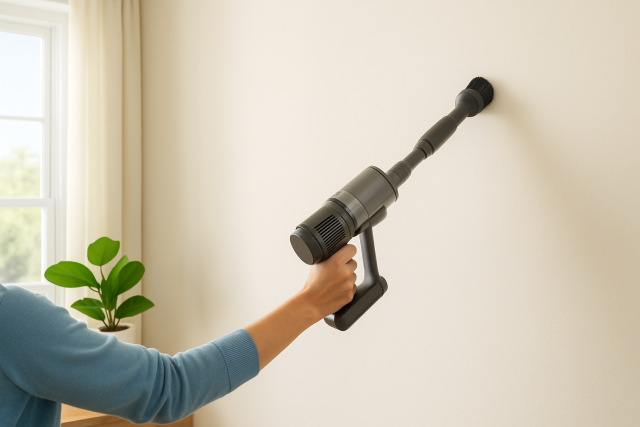
Protect your painted walls while cleaning with the perfect vacuum. Learn essential features, types,...
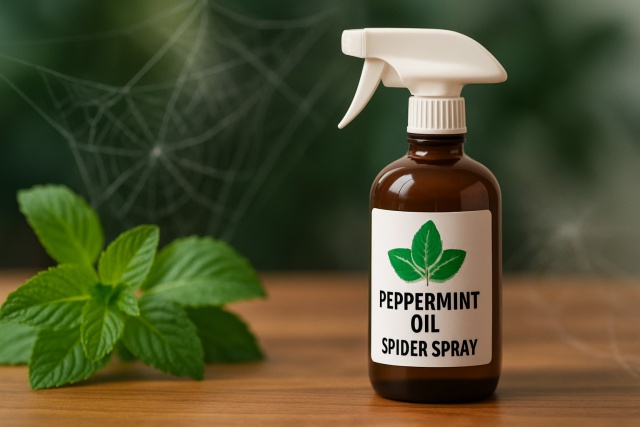
Discover a natural, homemade peppermint oil spider spray recipe that effectively repels spiders with...
